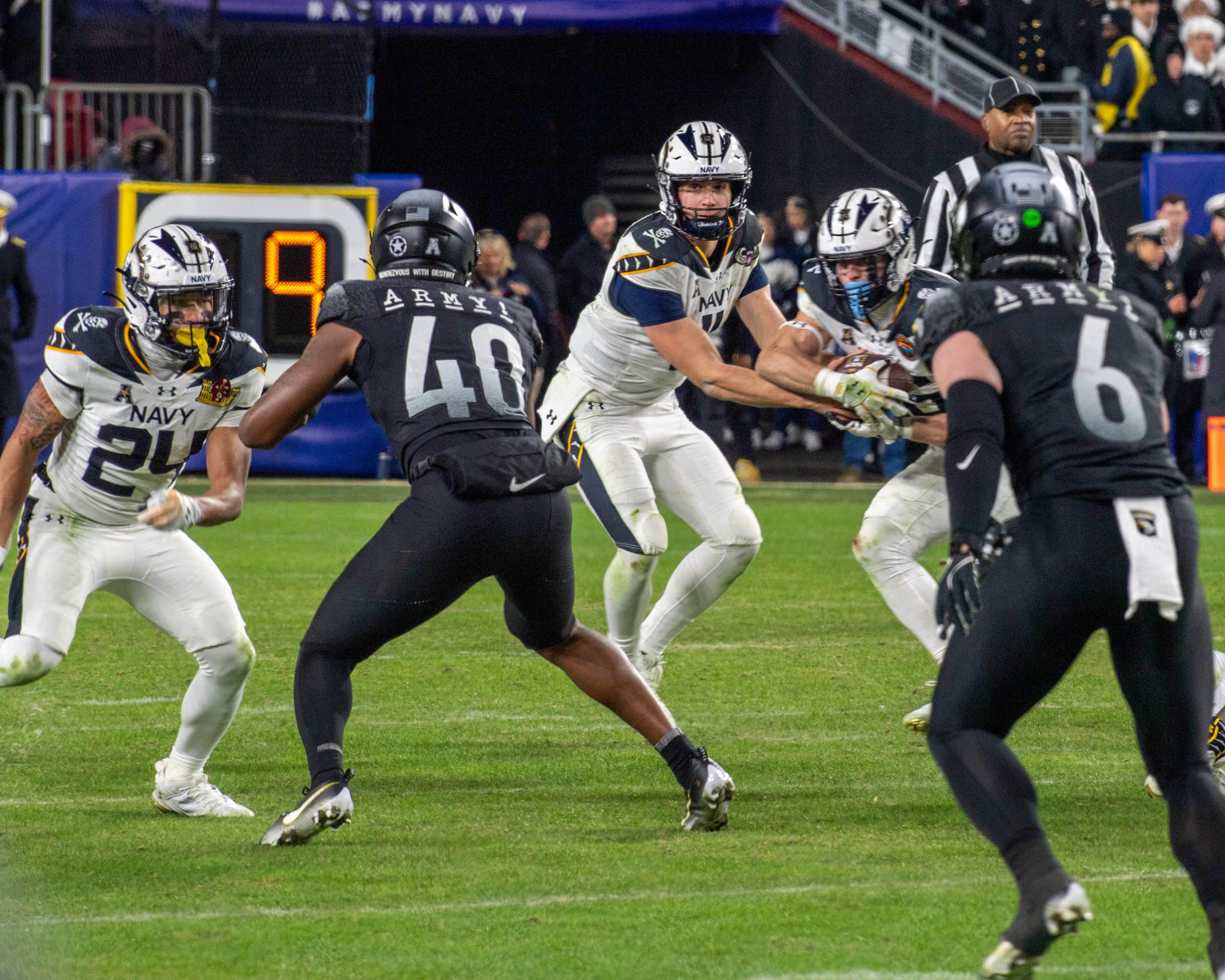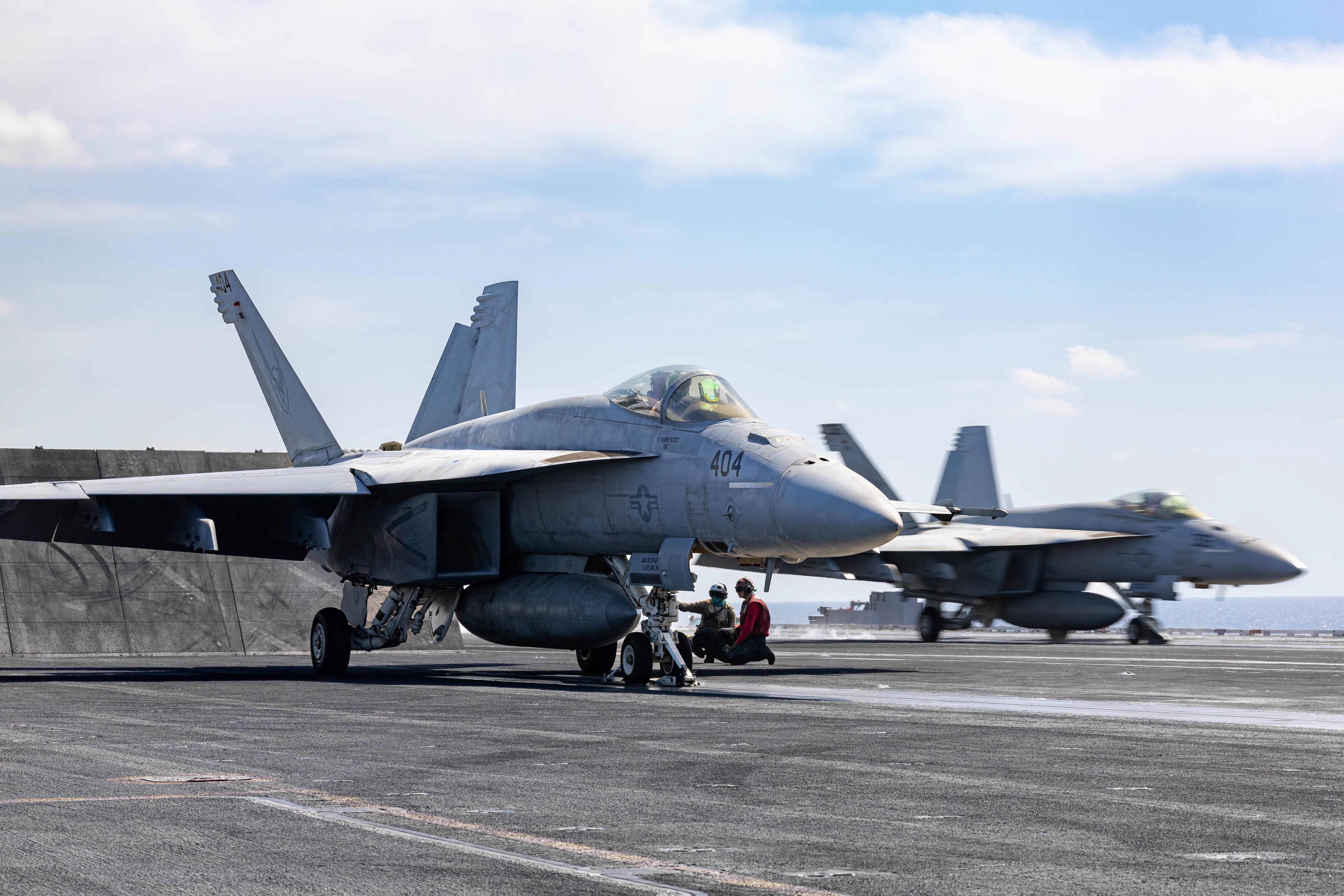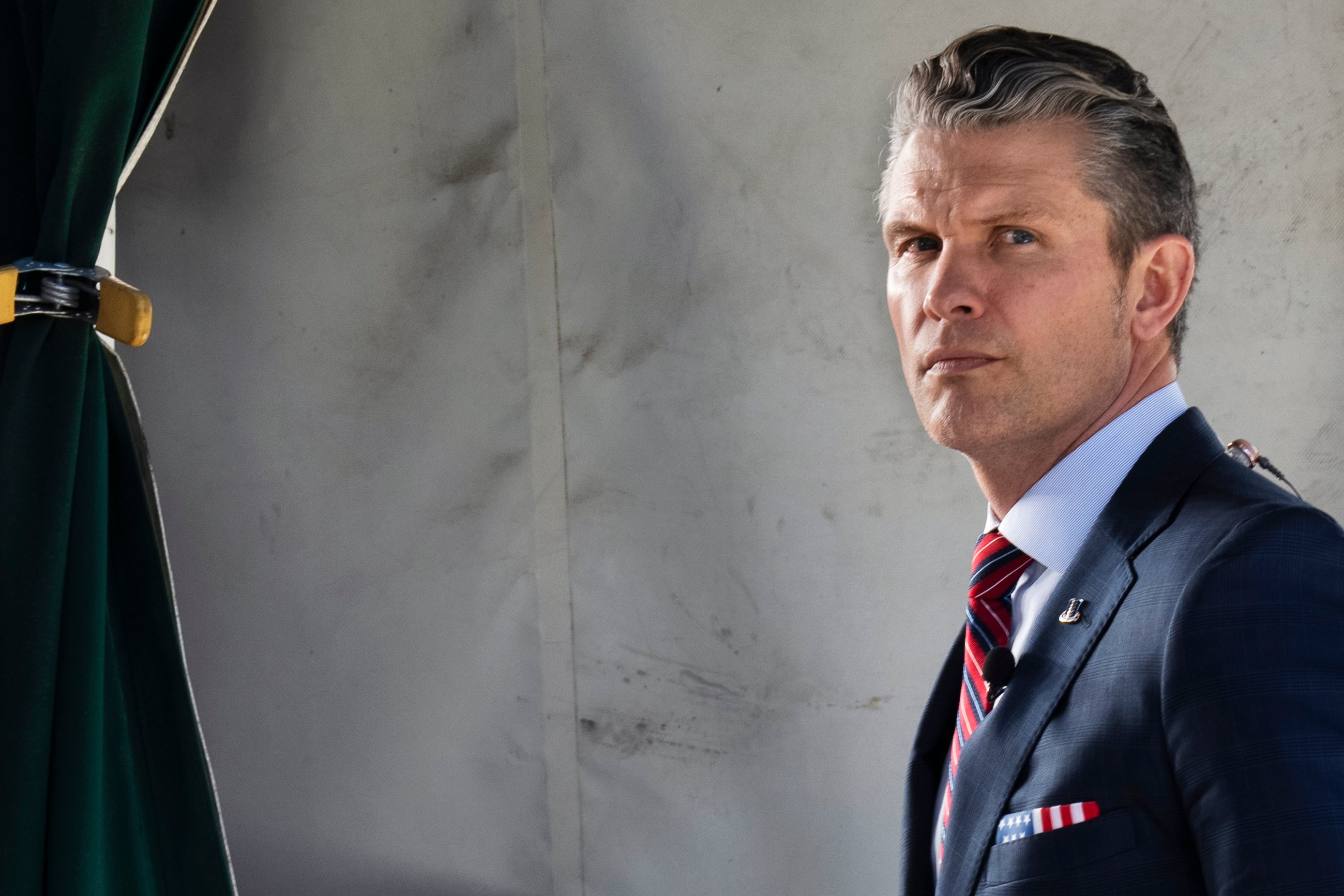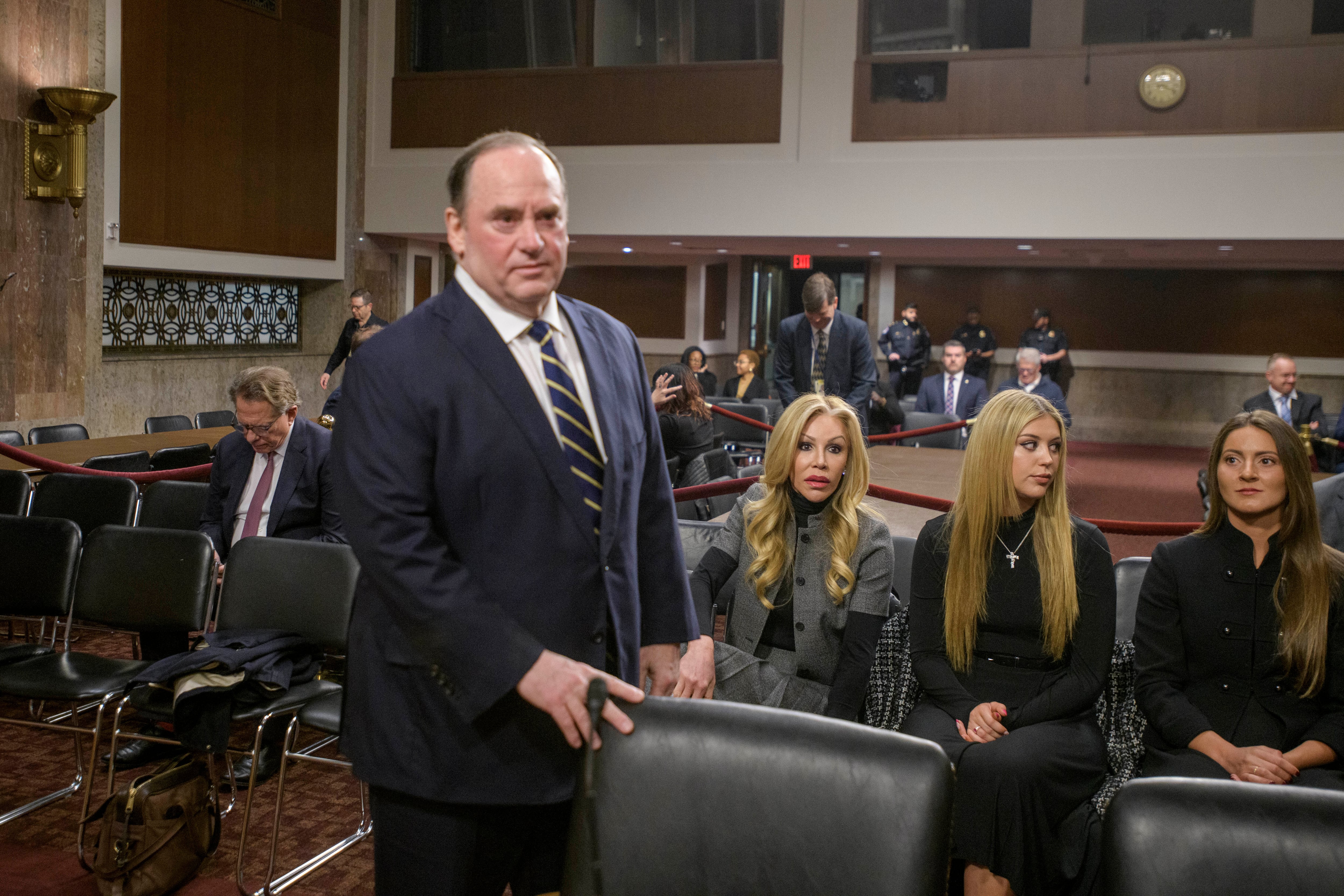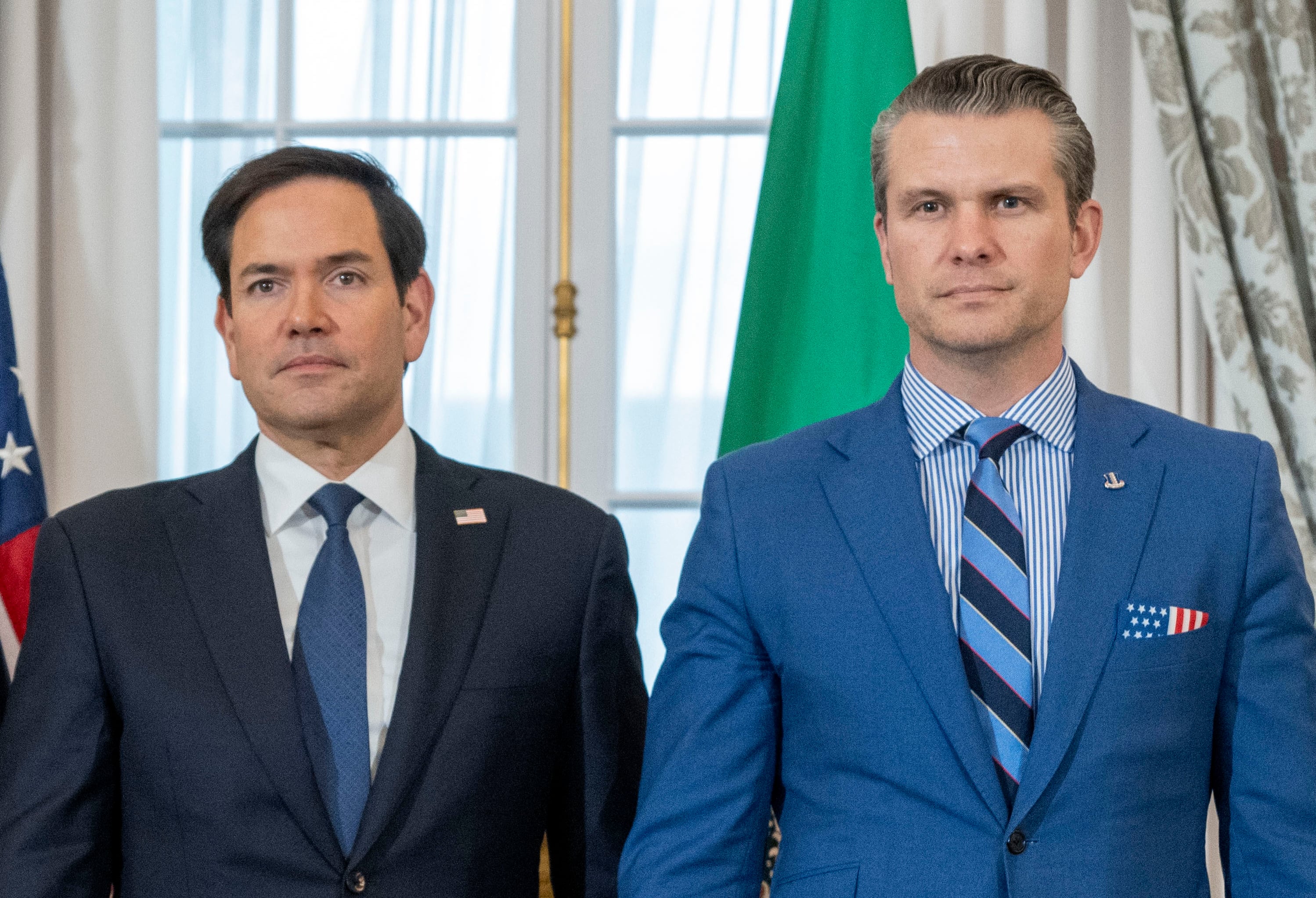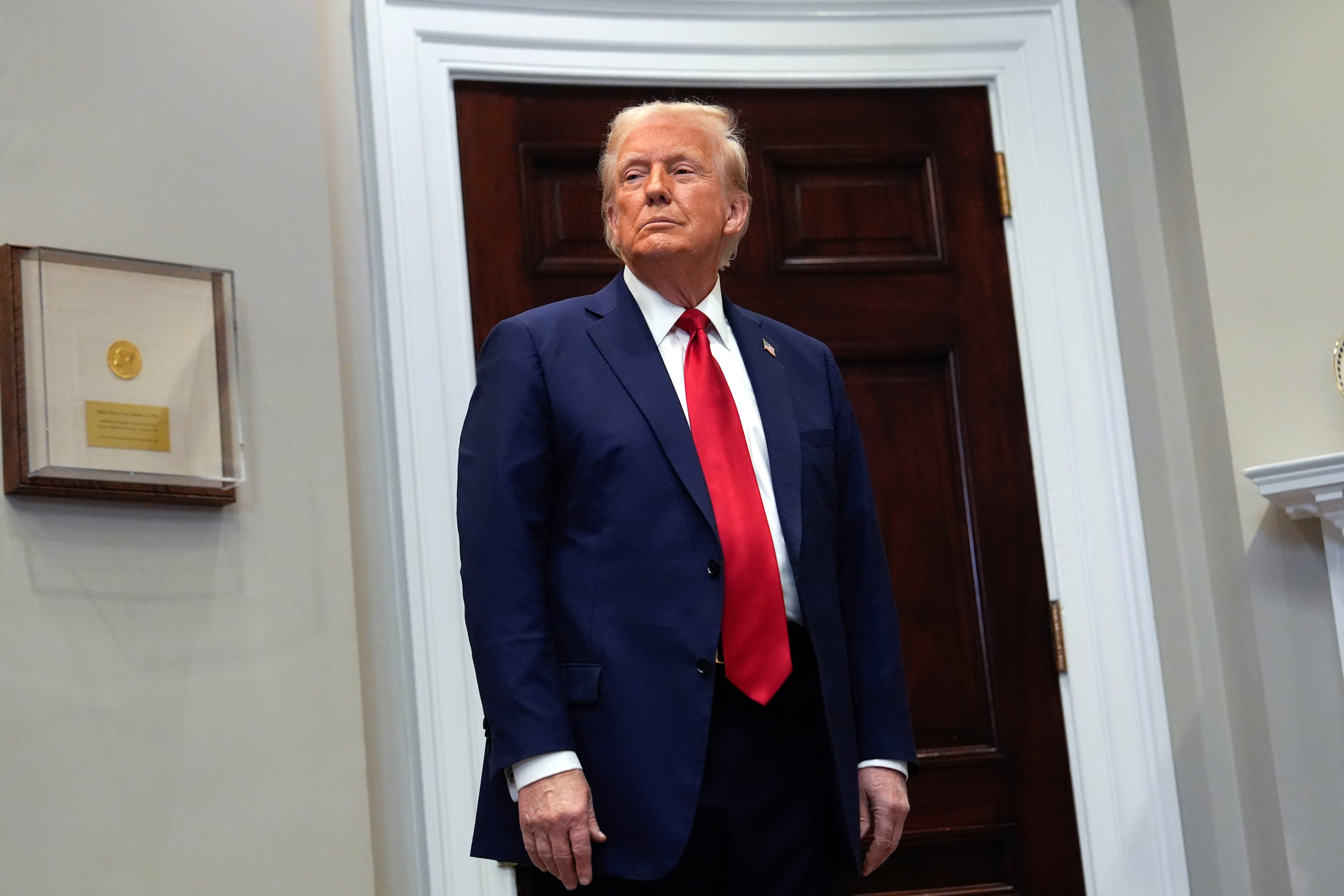Navies, at first sight, appear to be highly traditional, even reactionary, organizations.
The 21st-century U.S. Navy retains uniforms, customs, rank structure, and language that would not be wholly unfamiliar to John Paul Jones.
Yet today’s sailors have come a long way from those who served with Capt. Jones.
In 2010, for instance, the U.S. Navy created a new fleet — with no ships. The 10th Fleet is the Fleet Cyber Command, where sailors fight seated at a computer terminal rather than climb a mast to shorten sail.
This is only the latest in a series of radical transformations — many of them inspired by British naval developments— that have reshaped the American sailor’s trade over the last hundred years.
Indeed, beneath the rituals and regalia, the U.S. Navy has proven an extremely adaptive, fast-changing organization, recruiting, training, and integrating entirely new types of seagoing fighters and specialists.
Three great waves of change have led to a reinvention of the American sailor’s job, education, training, and conditions of service.
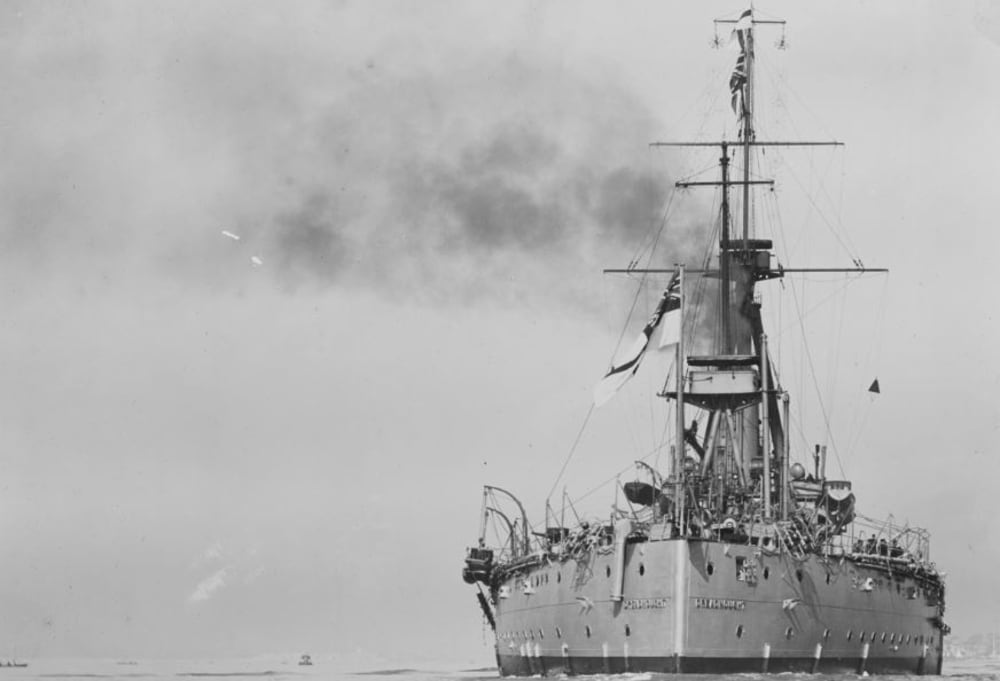
The first came in the first decade of the 20th century, which saw the debut clashes of modern steam and steel battleships in the Russo-Japanese War and the birth in Britain of a new type of super capital ship, the dreadnought.
Dreadnoughts were 30 percent faster than conventional battleships, thanks to new turbine engines, and carried a uniform battery of only the largest caliber guns. Theoretically, they could sink any old-style battleship before it could get close enough to do any damage.
These new ships demanded a new type of sailor.
The warships of the mighty British fleet during the days of Adm. Horatio Nelson were manned by a “conglomeration of merchant seamen, prisoners, landsmen and genuine sailors,” in the words of one British writer.
But on dreadnoughts, almost three-quarters of the sailors required some sort of specialized training as in the case of torpedomen, armorers, and electricians — far more training than that required for sailors serving on existing battleships and cruisers, the non-dreadnoughts.
“It is only the popular imagination that pictures a blue jacket as always heaving a rope or tossing an oar,” wrote a British journalist who was serving on a battle cruiser at the time.
“A pair of pliers is more use to him than an oar; he has much oftener a piece of paper than a rope in his grasp.”
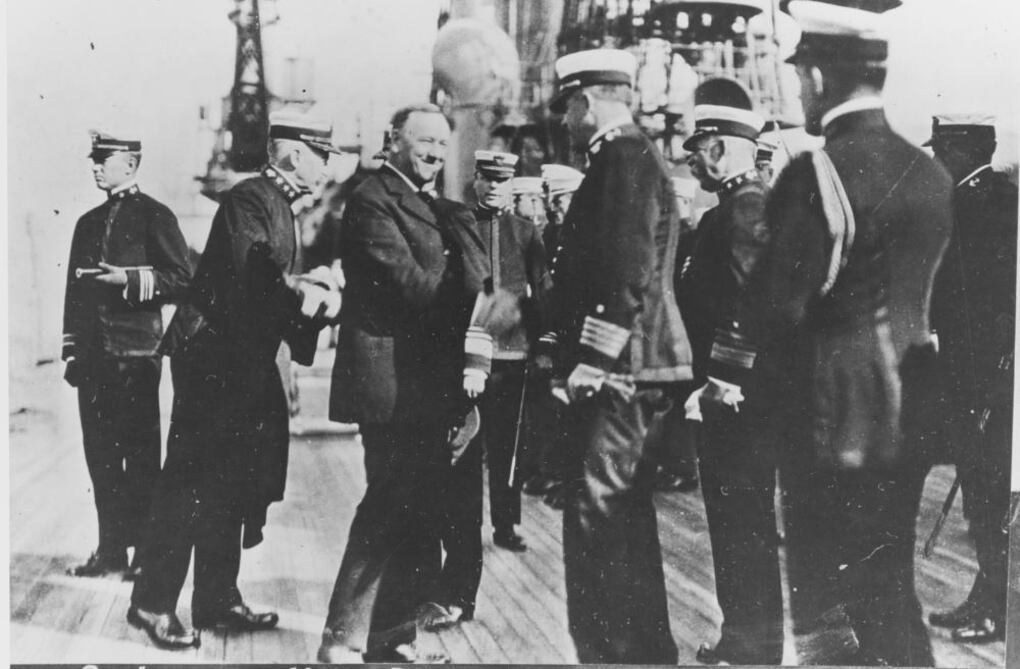
The United States had long followed Britain’s lead in the growth and exercise of naval power, and now Josephus Daniels, President Woodrow Wilson’s secretary of the navy, took the lead in the transformation of American sailors into dreadnought-age warriors.
Daniels had been a Progressive newspaper editor with no military background before joining Wilson’s administration.
One journalist observed that he “entered the Navy Department with the profound suspicion that whatever an admiral told him was wrong and that every corporation with a capitalization of over $100,000 was inherently evil.”
The most basic problem facing the modernizers of both the British and American navies was simply finding men for their rapidly expanding fleets.
The turn of the century was a time of peace, yet the size of both fleets and warships was growing.
The “super-dreadnoughts” of 1912 were more than 30 percent larger than the battleships that had fought at the 1905 Battle of Tsushima and more than 20 percent larger than the original dreadnought.
Filling out the rosters of Royal Navy ships was made even more difficult by the fact that almost 10 percent of personnel left the service every year as enlistments expired.
Moreover, while a battleship could often be built in three years or less, it took six years to qualify an ordinary seaman as a specialist in torpedoes and gunnery.
Shortages of sailors meant the Royal Navy could keep only a portion of its ships in commission; the readiness of reserve ships depended on the number and type of enlisted men allocated to them from the active fleet.
Manpower considerations influenced many British naval policy decisions, including the distribution of the fleet, the choice of which ships to build, and the number of ships in commission.
For the U.S. Navy even more than for the Royal Navy, exponential growth in the size and number of ships created a critical need for additional men.
In 1896, two years before the Spanish-American War, the total authorized strength of the American navy was 10,000 men, only 1,800 more than 10 years before.
By the turn of the century it had increased to 20,000 men, and by the time President Theodore Roosevelt’s Great White Fleet began its voyage around the world in 1907, the U.S. Navy had almost 37,000 men.
Just seven years later, it had more than 51,000.
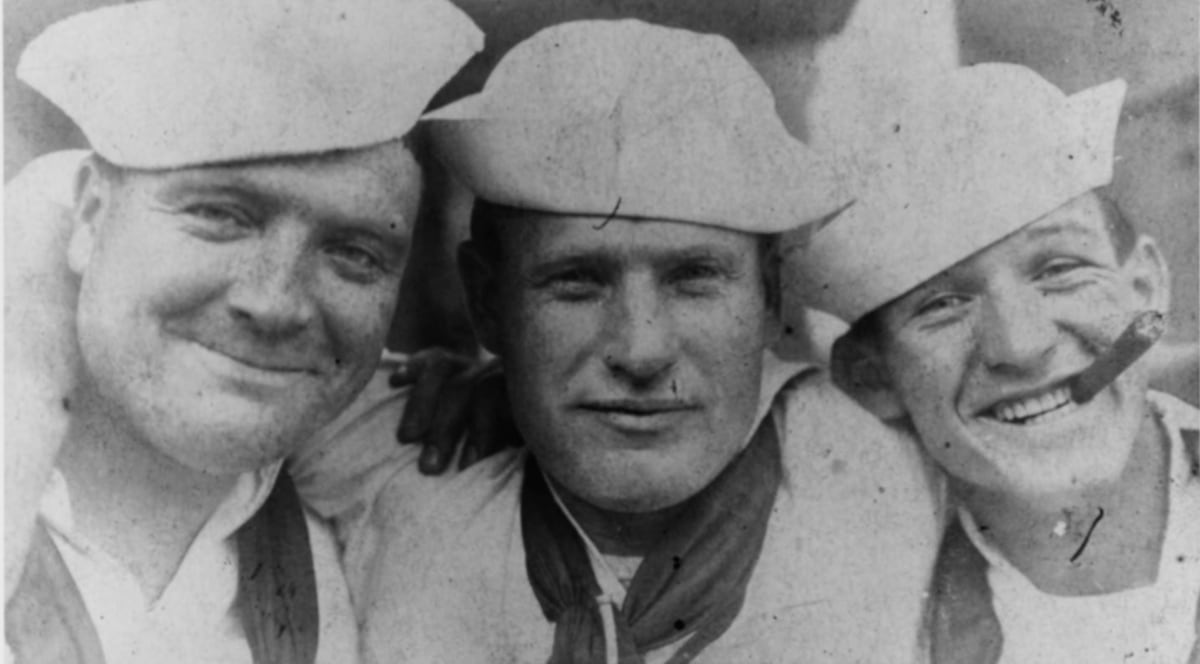
The “new” U.S. Navy of the Wilson era established an ambitious and comprehensive recruiting system to attract only men “from the best walks of life,” in Daniels’s words.
It presented the 20th-century bluejacket not as a rakish adventurer with a girl in every port but as a sort of well-traveled, high-tech Boy Scout.
“Only men of sound mind and clean life are acceptable,” Daniels wrote. “The Navy is no place of shiftless, purposeless men. No liquor is allowed aboard ships, no gambling, and profanity is a violation of the regulations.”
Daniels told Congress: “We have changed the style of our recruiting literature. We burned a bushel of literature which showed young men going into tropical climates and associating with women half dressed [sic].
"These posters promised if a man enlisted into the Navy or the Marine Corps he would have opportunities that appealed to the lowest….Instead, every piece of literature that now goes forth says that the young man who now comes into the Navy will have an opportunity to be educated.”
The Navy found the high-quality recruits it was seeking.
From 1905 to 1914 the U.S. Navy accepted only about one in four men who applied for enlistment.
Then, as now, large numbers of the applicants were attracted by the possibility of foreign travel or the opportunity for technical training. Bored with civilian life, many (despite Daniels’s remonstrations) simply sought adventure, and the navy’s relatively stable and secure jobs held much allure during recessions or spells of unemployment.
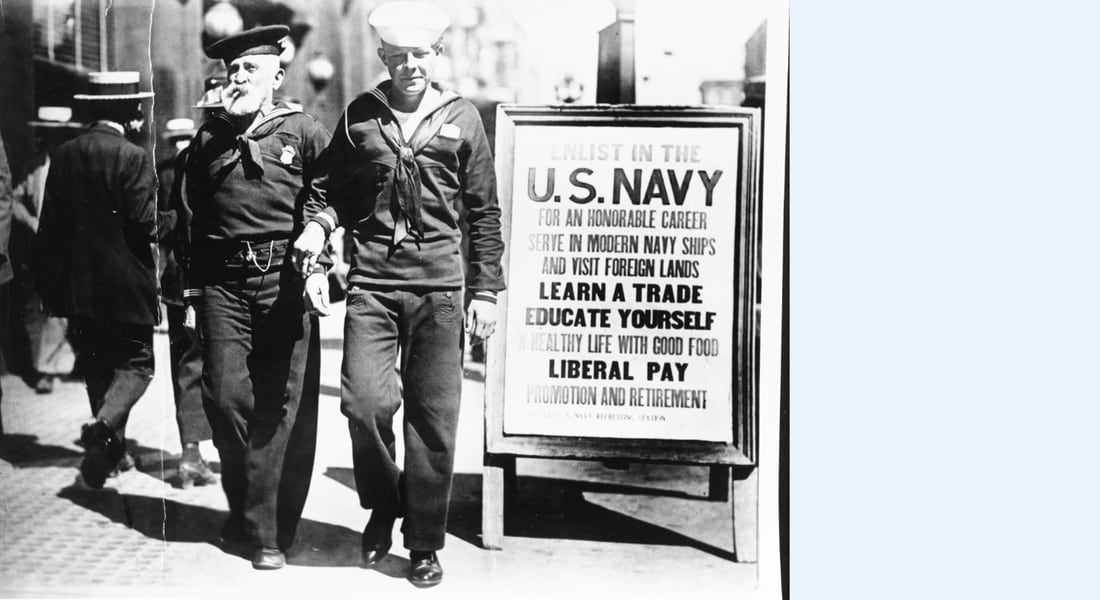
Hand in hand with the need for more men came a demand for educated sailors.
For example, when introduced on battleships in 1904, centralized fire control (the coordination in one spot of the computations and commands used to fire an entire ship’s weapons system) required teams of 20 to 50 to receive, record, and calculate range, course, and speed information and then convert the data for the big guns.
“I believe the time will shortly come when we will permit no man to serve in the Navy who has not had some little experience as a chauffeur or as a machinist or as a mechanic or as an electrician or has not begun to learn some of the trades and vocational occupations needed in the Navy,” Daniels told Congress in 1916.
Few were willing to raise the entry bar so high, but all agreed more formal education and technical training were necessary.
By the first decade of the 20th century, all great navies had schools offering courses of up to a year for blacksmiths, engine room technicians, gunners, cooks, paymasters, and many other specialties.
In 1906, the U.S. Navy had more than two dozen different specialists or “ratings” and nine specialized schools.
In 1916 Daniels declared that “every ship should be a school,” and issued a general order requiring two hours of instruction daily for sailors in all ships and stations.
Many naval officers obliged to conduct the instruction were unenthusiastic, but the press praised Daniels’s commandment. Shipboard education, which quickly evolved into a system of correspondence courses, became a permanent feature of 20th-century navy life.
Getting and training the men was one thing; keeping them in the service was another. Throughout the two decades before World War I, severe retention problems plagued the U.S. and British navies.
More than a third of sailors in the Royal Navy left the service as soon as their enlistment was up. Desertions ran high.
In 1901–1902, some 1,700 seamen and stokers were listed as having “run.”
When Rear Adm. Prince Louis of Battenberg, a relative of the royal family and future First Sea Lord, visited the United States and Canada on a goodwill tour in 1905, 68 men from his flagship took the opportunity to jump ship.
Adm. Sir John Fisher, the First Sea Lord from 1904 to 1910 and one of the most controversial and outspoken officers in the Royal Navy, attempted to meet the problem through improved pay and better food.
In a burst of generosity shortly before World War I, the British cabinet approved a substantial “separation” allowance for married sailors and an increase in basic pay of about 15 percent for sailors who had served more than six years.
Both Fisher and Winston Churchill, a powerful reformer himself as First Lord of the Admiralty from 1911 to 1915, also chipped away at the Royal Navy’s archaic and arbitrary system of justice.
Corporal punishment with the birch was abolished and caning could be administered only on the captain’s orders.
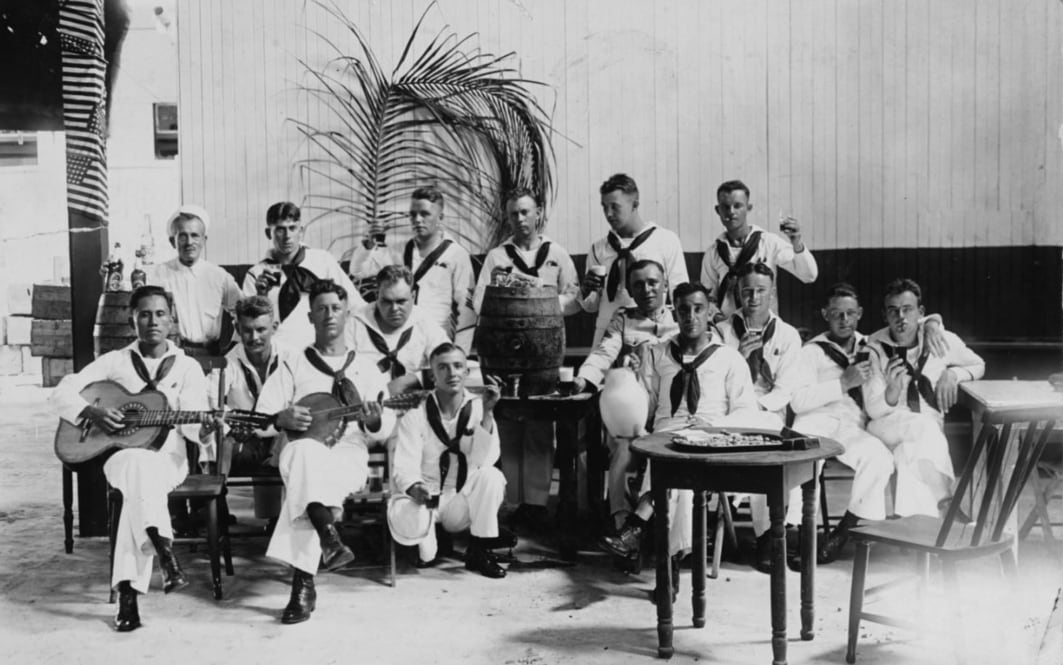
Unlike the Royal Navy, the U.S. Navy did not systematically encourage long-term enlistments.
In 1910 more than 74 percent of the total enlisted force had served less than four years — one enlistment period.
A substantial number of men quit before their time was up. Between 1900 and 1908, the U.S. Navy lost an average of slightly more than 15 percent of its enlisted force each year to desertion.
Secretary of the Navy Daniels concentrated on improving service conditions to discourage desertion and encourage re-enlistments.
He reduced the cost of uniforms, improved the quality of ship stores, and reformed discipline so that sailors found guilty of serious infractions could be sent to disciplinary barracks and then returned to duty rather than sentenced to prison.
Daniels also encouraged the installation of laundries aboard ship.
By 1914, many navy ships had electric ice cream makers, a development applauded by paymaster George P. Dyer, who believed that the navy’s “clear-eyed, intelligent American youths…know what clean living and good fare are, and they have the usual American notion of the festive nature of ice cream.”
To enhance the appeal of the “join the Navy and see the world” slogan, Daniels encouraged fleets and squadrons to make frequent visits to foreign ports.
Then he turned his attention to diversifying the officer corps.
Though a Naval Academy education was free and sons of poor families were sometimes appointed, Daniels feared that ambitious young men who lacked political connections would seldom get tapped.
In 1914 Daniels won from Congress the power to appoint 15 enlisted men to the Naval Academy each year. By 1918 the number had grown to 100, and in 1919 the navy opened preparatory schools in Norfolk and San Diego to provide special coursework for promising bluejackets preparing to take the Naval Academy entrance exam.
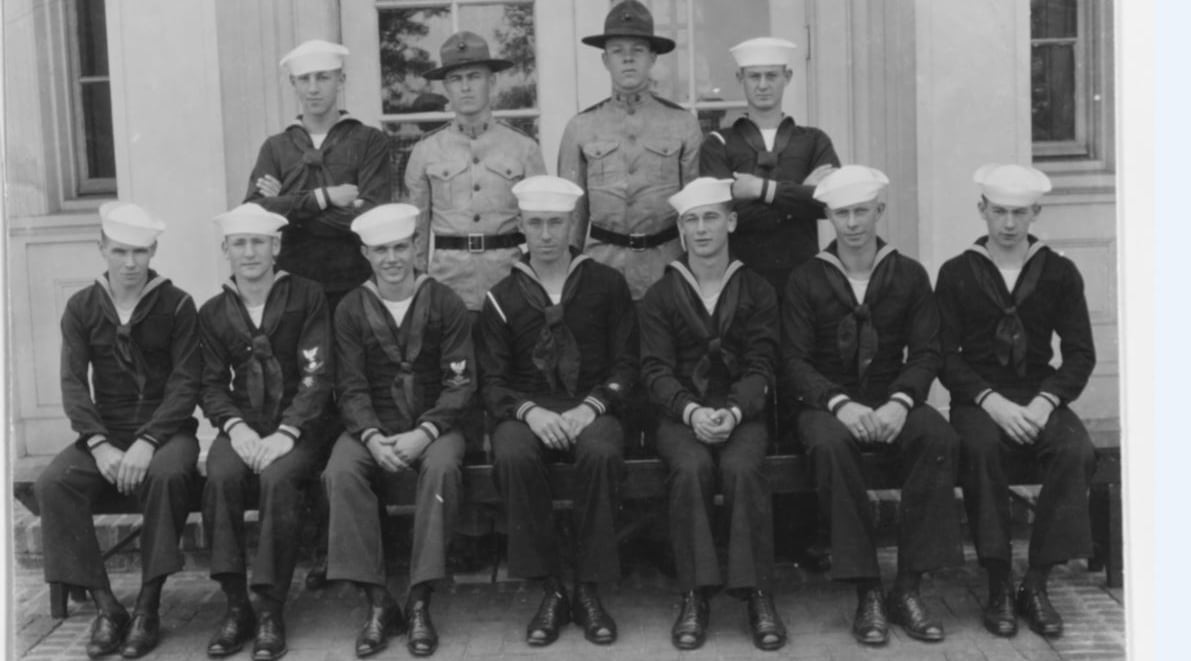
Despite Daniels’s reforms of the path into the commissioned ranks, the reinvention of the sailor in the dreadnought era primarily affected the enlisted force.
That was not the case in the next two major transformations—the explosive growth of naval aviation and the introduction of nuclear power.
The American and Japanese navies, which had largely been peripheral to the world naval power equation before World War I, took the lead in developing naval aviation after the war.
The British Royal Navy, dependent on the newly formed Royal Air Force for planes and pilots after 1918, never developed a strong force of its own aviators and lagged behind in carrier development.
During the 1920s and ’30s, the top leaders in the U.S. Navy, impressed by the performance of airplanes in World War I, came to believe aircraft would play an important role in the expected clash of the American and Japanese battleship fleets in a future Jutland.
Airplanes had also captured the imagination of the public.
Since the early 1920s the flamboyant and outspoken U.S. Army aviator Brigadier Gen. Billy Mitchell, an advocate of an independent air force, had taken full advantage of this public fascination to argue for the supremacy of air power in future wars.
Mitchell eventually went too far. He was court-martialed in 1925 for his outspoken criticism of the Navy and War Departments.
But advocates of aviation within the navy benefited from his lobbying, even while they denounced his call for an independent air force. Soon after the court-martial, Congress passed legislation creating a new post of Assistant Secretary of the Navy for Aeronautics and mandating that all commanding officers of aircraft carriers and naval air stations be qualified as aviators.
By the end of the 1920s, Rear Adm. William Moffett, the dynamic and politically savvy head of a new Bureau of Aeronautics within the navy, had secured Congressional authorization for a 1,000-plane naval air force.
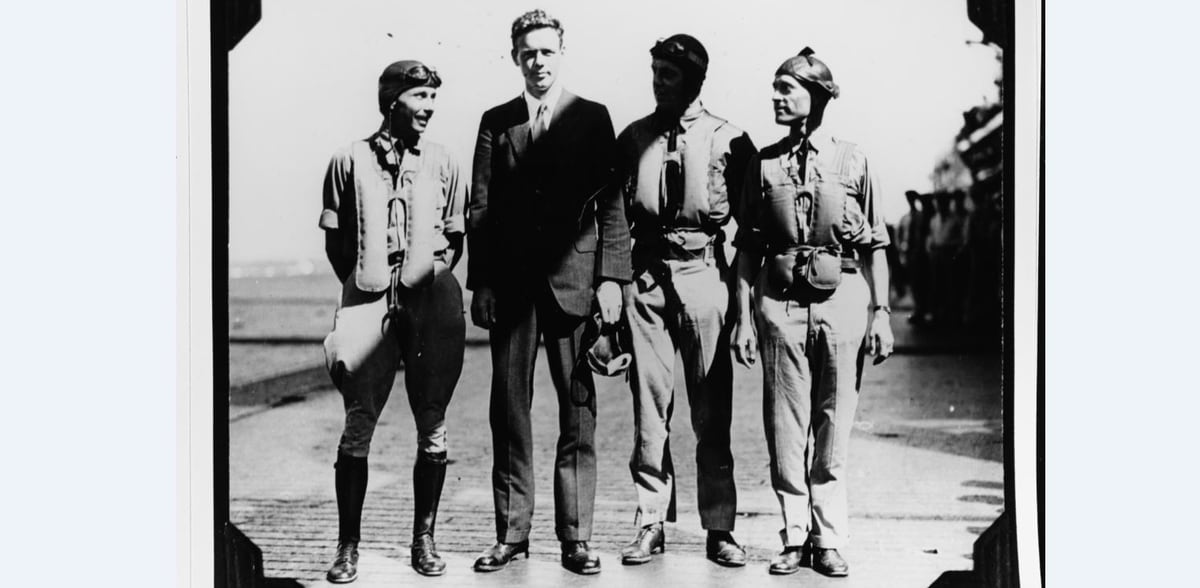
Naval aviation soon proved to be a surprisingly labor-intensive activity. And the navy didn’t have the labor.
In 1924 there were only about 300 qualified naval aviators in the service — this even though there were about 560 billets for aviation officers in the navy. Two large carriers under construction, the Lexington and the Saratoga, would require 175 additional pilots.
The Bureau of Navigation, which assigned officers to duty, did not help matters when it required aviators to rotate frequently to line duties to maintain their seagoing skills. The bureau asserted aviation duty was simply a specialty, like duty on submarines or destroyers.
By the beginning of the 1920s, the shortage of naval aviators was so acute that the Bureau of Aeronautics recommended that the Pacific Fleet be authorized to provide training to enlisted men.
Though the measure was intended to be temporary, the aviator shortage necessitated its continuation. By 1930, 230 enlisted “naval aviation pilots” were on active duty.
In 1934, Congress authorized another increase in the number of aircraft in the fleet. Over the next five years, total planes would grow 100 percent, to 2,000.
The Bureau of Aeronautics reluctantly proposed finding additional ensigns in the Naval Reserve for flight training.
President Franklin Roosevelt and his budget director, eager to cut costs in the depths of the Great Depression, proposed instead a new category of flier, the “naval aviation cadet,” to be recruited directly from civilian life.
After a year of training at Pensacola Naval Air Station, the reservists would serve three years with the fleet.
As the navy expanded still further in the shadow of the 1938 Munich crisis and Japanese expansionism in Asia, Congress passed the Naval Aviation Reserve Act of 1939, providing for a total of 6,000 reserve pilots.
After Pearl Harbor the navy received approval to train 30,000 navy and marine aviators a year in 17 newly established centers stretching from Florida to Texas.
Thanks to these new procurement programs, the early years in World War II saw more than two and a half times as many naval aviators as there were officers in all other line specialties.
Few of the flight personnel were traditional naval officers. By late 1943 only about 226 of more than 11,000 new aviators were career personnel.
For the first time in 20th-century naval history, a major, potentially decisive mode of warfare had been largely entrusted to a body of noncareer, short-service officers.
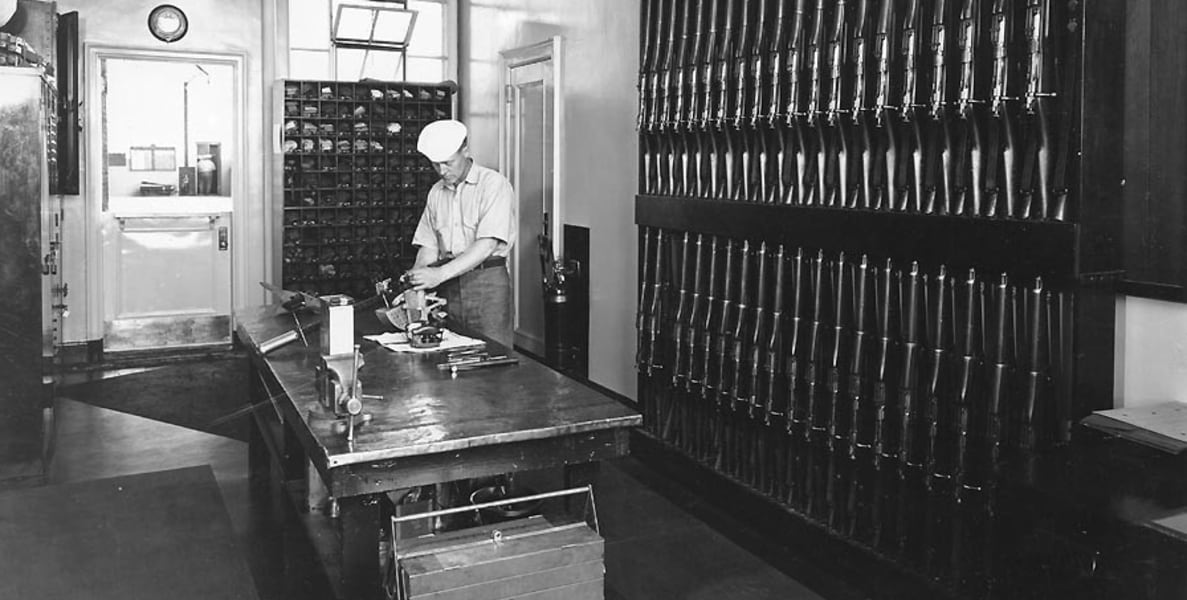
Most wartime aviators left the service at war’s end, but those who remained, mainly Annapolis men, came to dominate the high command of the U.S. Navy for three decades after World War II, until the third great transformation took hold with the advent of the nuclear-powered submarine.
During the early decades of the Cold War, the Soviet surface fleet did not pose a serious threat.
Russia’s large submarine force was a different matter, and it was considered the key to any Soviet attack on Western Europe.
As a result, strategists by the late 1950s began to focus on submarine-versus-submarine operations. And as the new era of undersea warfare dawned, the U.S. Navy acquired a revolutionary new type of submersible propelled by a nuclear power plant.
The first nuclear submarine, the Nautilus, was launched in 1954. Early U.S. nuclear submarines could top more than 20 knots when submerged, making them the fastest undersea boats in the world. Able to remain under water almost indefinitely and equipped with a new type of sonar that could detect an enemy at 30 miles, the nuclear sub could use its speed to maneuver for a favorable tactical position to track and destroy its foes.
By the early 1960s the U.S. Navy had also acquired a key role in Washington’s long-term strategy of nuclear deterrence with the introduction of the Polaris, a long-range nuclear missile that could be launched from a submerged submarine. (It was not until 1968 that the Soviets acquired a submarine with the same capability.)
The advent of nuclear technology and missiles brought drastic changes. The submarine of the first half of the century had relied on the diesel engine, the wet-cell battery, and the steam torpedo; various electronic devices, sonar, target computers, and radar had been added gradually.
The new nuclear submarines were based on complex new principles and technologies derived from the outer edge of scientific knowledge.
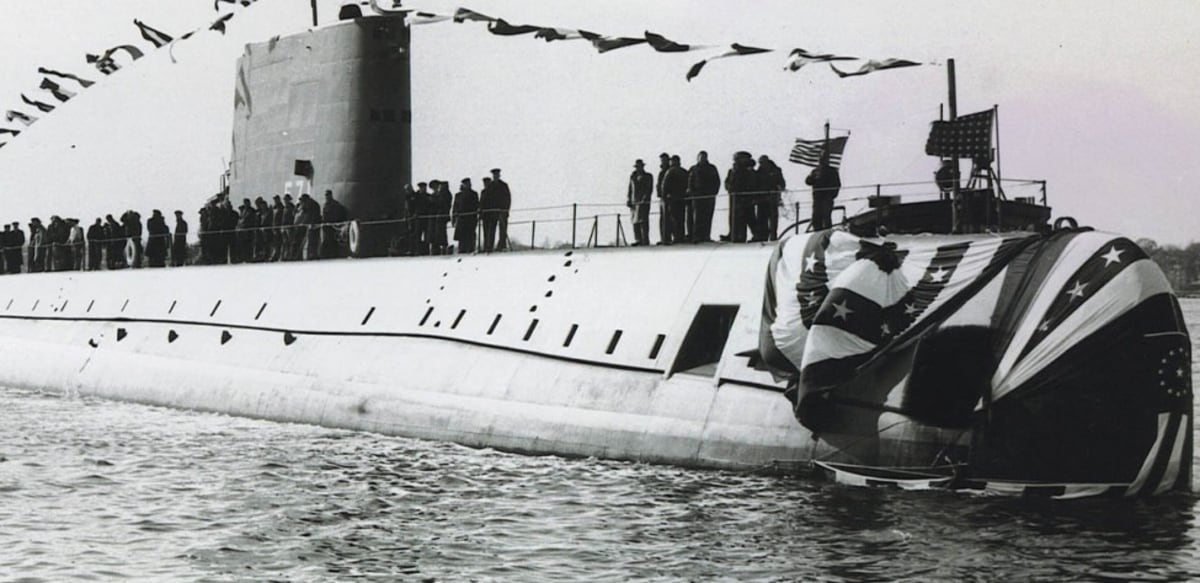
The high priest and presiding genius of the new era was Adm. Hyman Rickover.
A key figure in the development of the nuclear submarine and surface ship, Rickover derived much of his power from his unique status as both a naval officer and a civilian official. He was deputy commander for nuclear propulsion in Naval Ship Systems Command, a navy billet, and also the head of reactor development at the Atomic Energy Commission, where he reported to a civilian chairman.
Rickover soon built virtually a navy within the navy. A great favorite of the media with many powerful admirers in the House and Senate, he presided over the nuclear empire for more than a quarter century — until 1972 — in part because of his colorful and strict training regimen for those in nuclear service, called “nucs.”
At the beginning of the 20th century, navies had wrestled with whether to integrate engineering specialists into the line and give them the prerogatives of command. The nucs settled the issue in favor of the engineers. Now only nuclear-qualified officers — that is, highly trained engineering specialists — could hope to command a nuclear submarine.
The rest of the navy did not accept this without complaint, least of all the World War II–era submariners.
“This to the submarine community was revolutionary, to have an ‘engineering duty–only’ officer sitting over there saying who could and could not command a submarine,” recalled Adm. Charles Duncan, who was Rickover’s liaison to the U.S. Bureau of Naval Personnel.
“I just can’t describe how deeply they felt…to have a man [like Rickover] who’d never been in combat or in command saying who could have command of these submarines.”
As the number of nuclear-attack and ballistic-missile submarines increased and nuclear-powered cruisers and aircraft carriers joined the fleet, the need for nuclear-qualified officers and enlisted men soon outstripped the supply of volunteers.
“[The Polaris submarines] were coming off the ways,” recalled a former chief of the Bureau of Naval Personnel. “The president said it was the nation’s highest priority. So we put orders out on people who had not volunteered. The first time in modern history that a nonvolunteer had been sent to submarines… . We got some right from destroyer school… . People in class were called and told ‘you’re going into nuclear power.’ ”
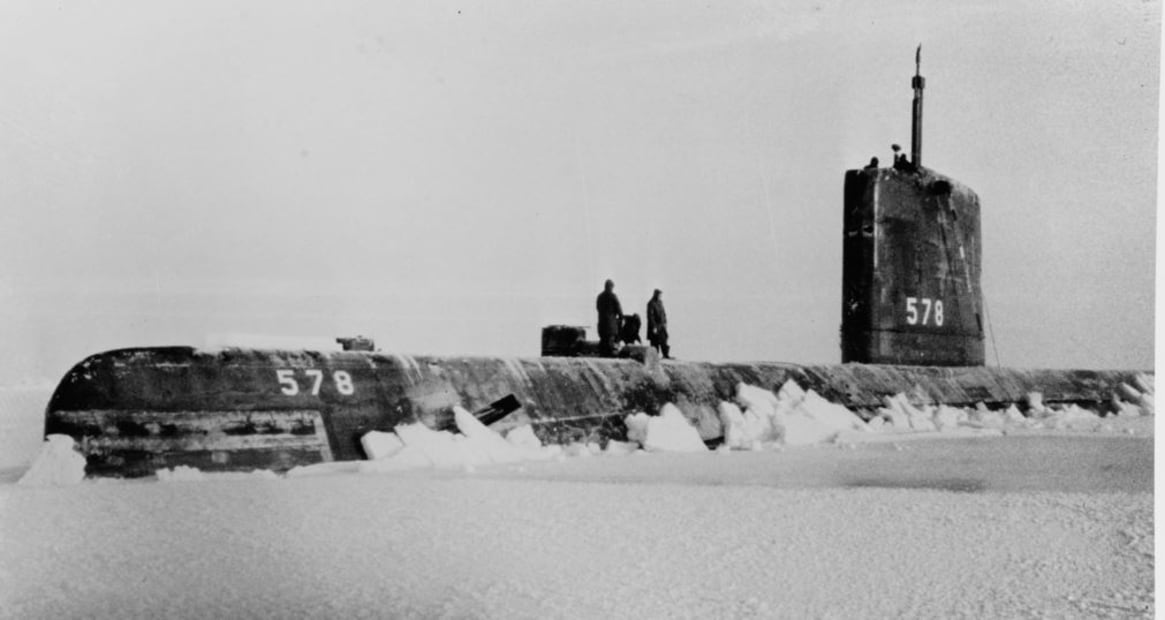
While the navy could order men to serve in nuclear-powered ships, it could not order them to stay.
As early as 1971, an article in the U.S. Naval Institute’s Proceedings referred to the personnel situation in the nuclear navy as a “crisis.”
During the 1960s and 1970s almost two-thirds of nuclear-qualified officers left the service at their earliest opportunity.
Those who remained, however, came to flex considerable muscle in the leadership of the navy. Seven of the officers who had commanded the first 10 nuclear submarines became admirals, and by 1972, almost a quarter of the navy’s three-star vice admirals were nuclear qualified.
By 1975 both the chief of naval operations, Adm. James L. Holloway, and the superintendent of the Naval Academy were nucs.
In addition, when the deputy chief of Naval Operations for Submarines and the deputy chief of Naval Operations for Surface Warfare were established in 1971, submariners and surface-warfare officers achieved equal bureaucratic status with aviators — at least in principle.
The naval reformers and innovators, from Fisher and Daniels to Moffett and Rickover, who helped to transform the sailor’s profession superficially had little in common. One was a civilian and three were career naval officers.
With the possible exception of Daniels, none was primarily focused on reinventing the sailor; rather, each sought to meet the technological, operational, and strategic challenges posed by new modes of naval warfare.
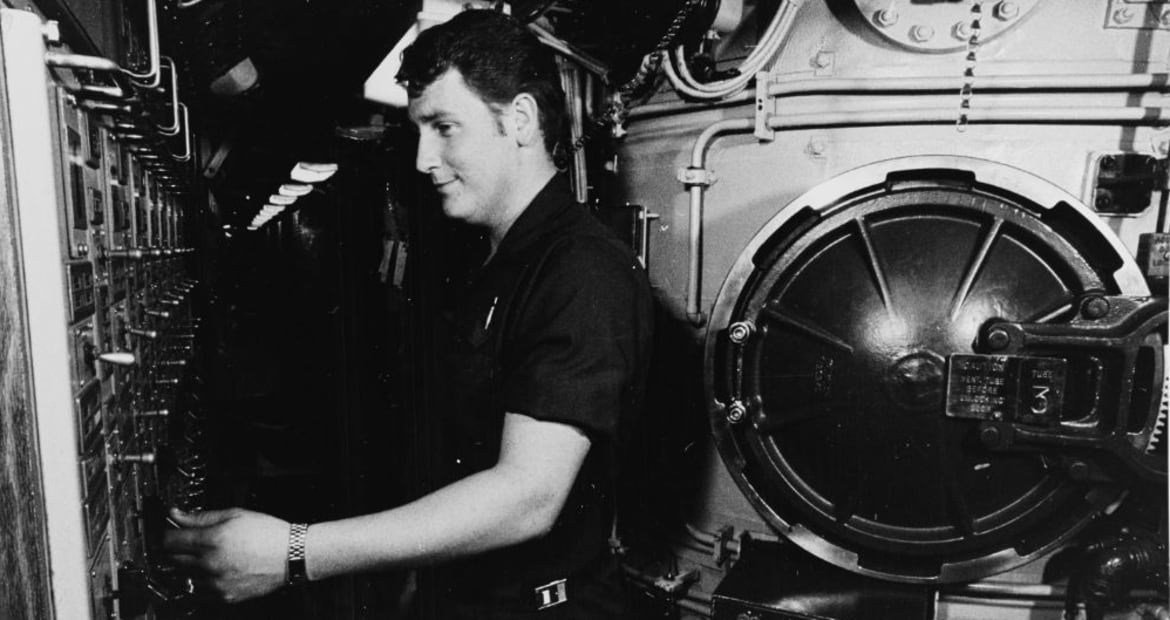
In the same manner, the naval leaders of the cyber age probably do not see themselves as transformers.
Yet judging from experience, the social and cultural implications of reinventing the sailor as seagoing cyber warrior are likely to be far reaching. Entry into the naval service — once defined by region, tradition, seagoing experience, class, and gender — has gradually widened to include many who had previously been marginalized or excluded.
For example, just as the introduction of complex mechanical, optical, and communication devices caused navies — desperate to bolster their ranks — to recruit from formerly disdained urban populations and “tradesmen,” so the introduction of the airplane helped break down gender boundaries in the U.S. Navy.
There were no women pilots until 1974, but as early 1943 the Bureau of Aeronautics was training 23,000 women sailors (Waves) as navigation trainers, gunnery instructors, ordnance repairers, metalsmiths, parachute riggers, and air traffic controllers.
In February 2010 the U.S. Navy announced women would be eligible to serve aboard nuclear submarines — a development that may be the latest step in the modern navy’s seemingly endless process of reinvention.
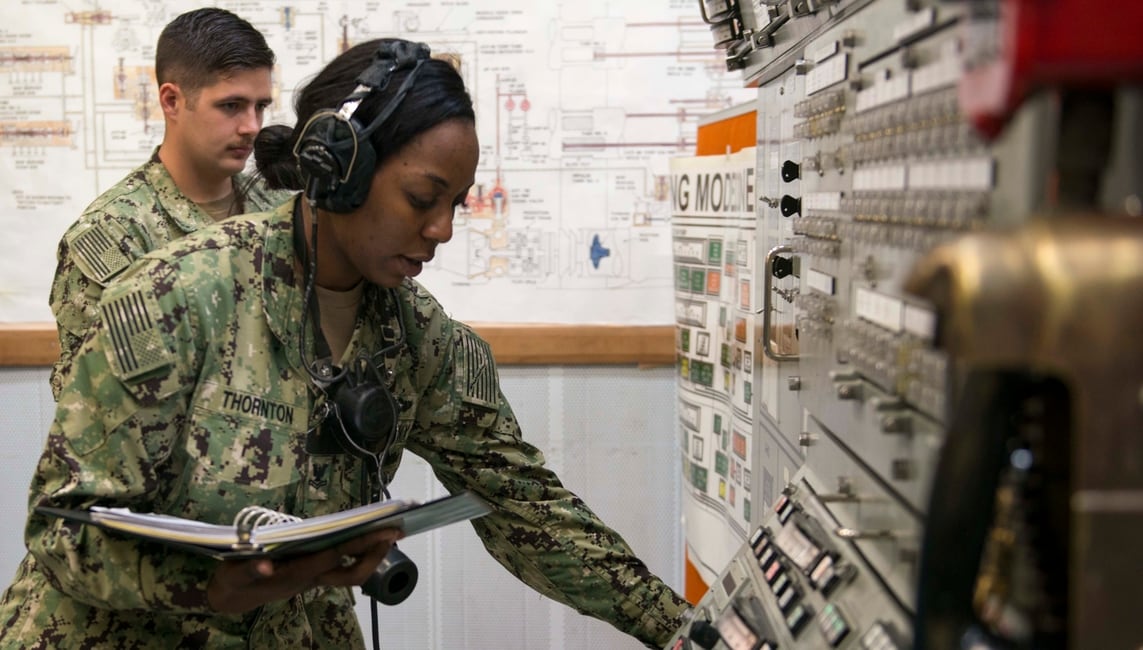
This article originally was published in the Winter 2012 issue of Military History Quarterly, a sister magazine of Navy Times. To subscribe, click here.

